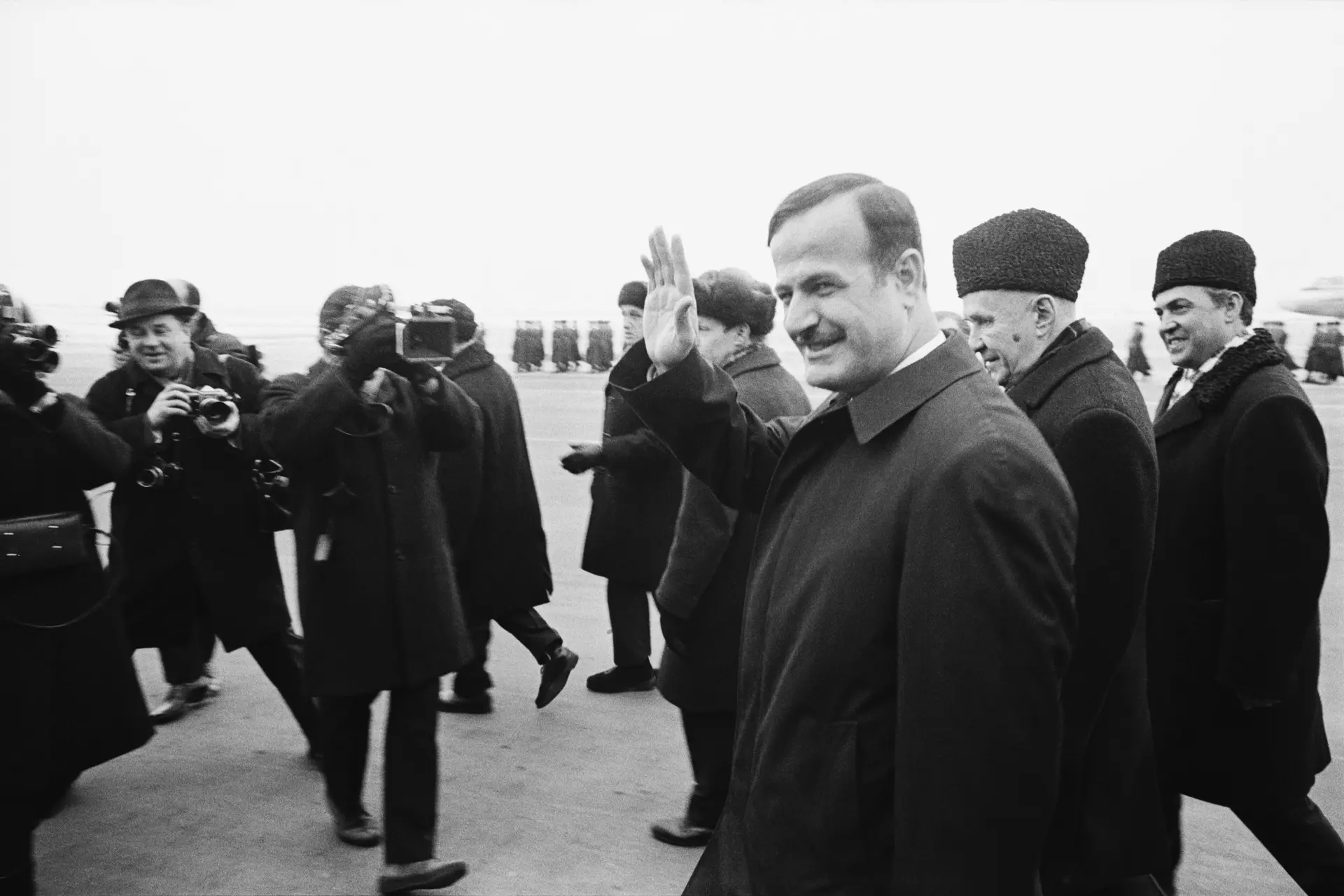The US & Islamists: A History of Connivance in Syria

The US & Islamists: A History of Connivance in Syria
Introduction
The Syrian civil war (2011-2020) was a multifaceted conflict that involved a wide array of factions, including the Syrian government, various rebel groups, ISIS, and numerous international players. Among the narratives that emerged from this war is the contentious viewpoint that the United States and European Union supported jihadist groups to pressure the secular government of Bashar Assad. This post delves into key moments and decisions that allegedly facilitated the rise of Islamist groups, including ISIS, during the conflict.
Background
The idea that the Syrian conflict was influenced by external powers long before it erupted is not new. Former French Foreign Minister Roland Dumas has claimed in his memoirs that British and American diplomats informed him of plans to orchestrate a regime change in Syria using Islamist uprisings.
"I was in England two years before the violence in Syria… And I met with top British officials, who confessed to me that they were preparing something like that in Damascus." - Roland Dumas
Dumas’s revelations suggest that there were early indications of a premeditated intervention by foreign powers to destabilize Assad’s government.

US Diplomacy and the Early Uprising
In the nascent stages of the Syrian rebellion in 2011, significant actions by the US indicated a deep engagement with opposition factions. The Washington Post reported that US Ambassador to Syria, Robert Ford, traveled uninvited to Hama, the epicenter of the uprising. There, he held a series of discreet meetings with opposition Islamist leaders.
"The US ambassador in Syria, Robert Ford, traveled uninvited to the uprising’s bloody epicenter [in the city of Hama], where he held a series of discreet meetings with opposition Islamist leaders." - The Washington Post
These meetings underscored the US's willingness to engage with various factions to undermine Assad’s regime, signaling a potential alignment with Islamist elements within the opposition.

Geopolitical Interests and the Qatari Pipeline
A significant factor often cited in discussions about the Syrian conflict is the proposed Qatari pipeline. Robert F. Kennedy Jr. attributed the timing of the rebellion to President Assad’s refusal to allow a gas pipeline from Qatar to pass through Syrian territory. In an article for Politico, Kennedy suggested that Assad’s refusal was driven by concerns that the project could financially empower Islamist groups.
"The moment Assad rejected the Qatari pipeline, military and intelligence planners quickly arrived at the consensus that fomenting a Sunni uprising in Syria to overthrow the uncooperative Bashar Assad was a feasible path." - Robert F. Kennedy Jr.
The proposed pipeline was not just an economic project but a geopolitical maneuver aimed at reshaping regional alliances and energy routes. Assad's rejection of the pipeline, therefore, triggered strategic decisions that contributed to the rebellion.
The Rise and Spread of ISIS
The emergence and expansion of ISIS during the Syrian civil war added a new and terrifying dimension to the conflict. Initially, the US response to ISIS was tepid, but it escalated after the execution of American citizens in 2014. Despite increased airstrikes, ISIS continued to expand its territory through most of 2015, exploiting the chaos of the civil war.
The group's rapid territorial gains highlighted the complex dynamics of the conflict and the limitations of US intervention strategies. ISIS capitalized on the power vacuum created by the war, attracting fighters and resources to its cause.
Russian Intervention and Its Impact
In September 2015, Russian military forces intervened in Syria at the request of the Assad government. This intervention marked a turning point in the conflict. Russian airstrikes targeted ISIS positions and other rebel factions, significantly reducing ISIS-controlled territories.
However, this intervention was met with criticism from the West, which accused Moscow of brutality. The criticism raised questions about the motivations behind Western objections and the broader geopolitical stakes involved.
Conclusion
The Syrian civil war exemplifies the complexities and unintended consequences of foreign interventions. The US's engagement with Islamist groups and the subsequent rise of ISIS reveal the intricate web of geopolitical interests that shaped the conflict. As we reflect on these events, it is crucial to critically assess international strategies and their long-term impacts on regional stability.
Sources and References
- Dumas, Roland. "Memoirs of a Foreign Minister." [Link to the book or relevant excerpts]
- The Washington Post. "US ambassador meets Islamist leaders in Hama." [Link to the article]
- Kennedy, Robert F. Jr. "Why the Arabs Don’t Want Us in Syria." Politico, [Link to the article]
- Additional credible sources to back up claims and provide further reading.